The Bureau of Meteorology has formally declared El Niño and positive Indian Ocean Dipole events, meaning warmer and drier conditions will be more likely over spring and summer for parts of Australia, including North East Victoria.
After three years of wet weather due to La Niña, this is the first spring and summer with a higher fire risk since the 2019-20 Victorian bushfires.
Victorian businesses have been through a lot in the past few years and the possibility of a natural disaster can be overwhelming, but your business can adapt quickly to change and minimise disruption if you are prepared.
There’s a lot to think about when planning and preparing for natural disasters, but a good place to start is to focus on these essential steps:
- Emergency response plan: develop a plan that covers evacuation procedures, communication protocols and employee roles during disasters.
- Data backup and recovery: regularly back up critical data onsite and offsite, as well as have data recovery protocols in place.
- Insurance review: update your insurance policies to cover disaster-related risks and losses effectively.
- Emergency supplies: keep essential supplies like first aid kits, food, water and flashlights on hand for employee and operational support during and after disasters.
Business Victoria offers a range of online resources including the Disaster Resilience for Business toolkit to help simplify your planning process, whether it’s for bushfires or floods and storms.
For more information, see Business Victoria’s Disaster Resilience for Business page.
For further information on bushfire preparedness, Download the CFA’s Fire Ready Kit here.
It is never a bad time to start planning for a natural disaster. They can happen anywhere, at any time. Having a plan ready can give you and your staff peace of mind that you’ll know how to respond, where to get assistance during an event and how you will recover after.



